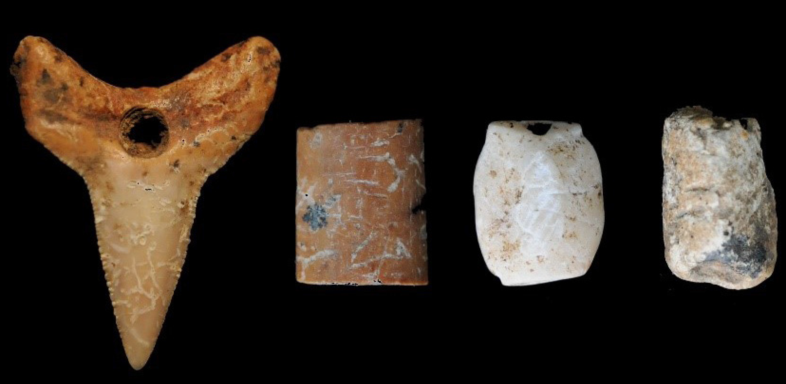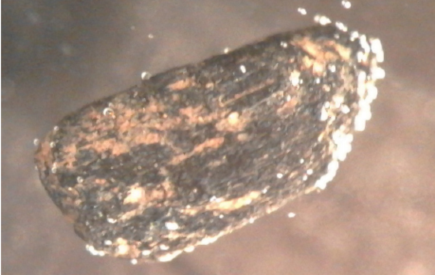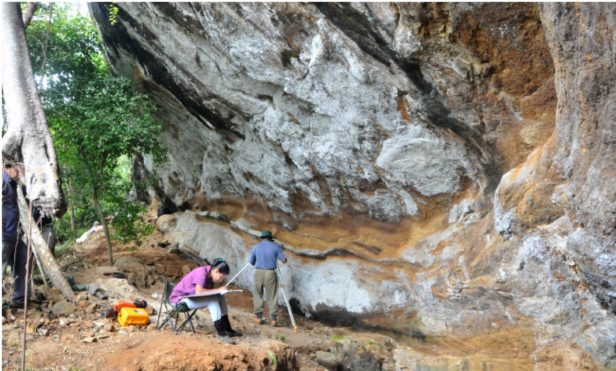 Six prehistoric caves were archeologically investigated to obtain material evidence to affirm the techno-cultural characteristics of the Holocene under a NSF grant. Early presence of humans in Sri Lanka during the middle and late Pleistocene has already been proven by archaeologists and physical anthropologists. However, the continuum of their existence towards Holocene has not been scientifically questioned. A team of archeologists led by Prof. Raj Somadeva explored the existence of humans and its continuity in Sri Lanka during the Holocene geological epoch.
Six prehistoric caves were archeologically investigated to obtain material evidence to affirm the techno-cultural characteristics of the Holocene under a NSF grant. Early presence of humans in Sri Lanka during the middle and late Pleistocene has already been proven by archaeologists and physical anthropologists. However, the continuum of their existence towards Holocene has not been scientifically questioned. A team of archeologists led by Prof. Raj Somadeva explored the existence of humans and its continuity in Sri Lanka during the Holocene geological epoch.
Most striking evidence unearthed was a collection of plant residues (charred seeds) that has been dated to the mid-Holocene (4500-3450 BCE) suggesting an emergence of a new cultural behavior by the Holocene hunter-gatherers. These specimens were excavated from Lunugalge and Alugalge rock-shelters. Excavated samples included wild millets, beads made out from animal teeth and bones which dated around 3500 to 5000 BCE. The sites and the artifacts together with Carbon-14 dates reiterate the fact that the hunter-gatherer/foragers of the mid/late Holocene had been receptive to the climatic changes of the contemporary period and the adaptive response is reflected in their material culture.
dated to the mid-Holocene (4500-3450 BCE) suggesting an emergence of a new cultural behavior by the Holocene hunter-gatherers. These specimens were excavated from Lunugalge and Alugalge rock-shelters. Excavated samples included wild millets, beads made out from animal teeth and bones which dated around 3500 to 5000 BCE. The sites and the artifacts together with Carbon-14 dates reiterate the fact that the hunter-gatherer/foragers of the mid/late Holocene had been receptive to the climatic changes of the contemporary period and the adaptive response is reflected in their material culture.


